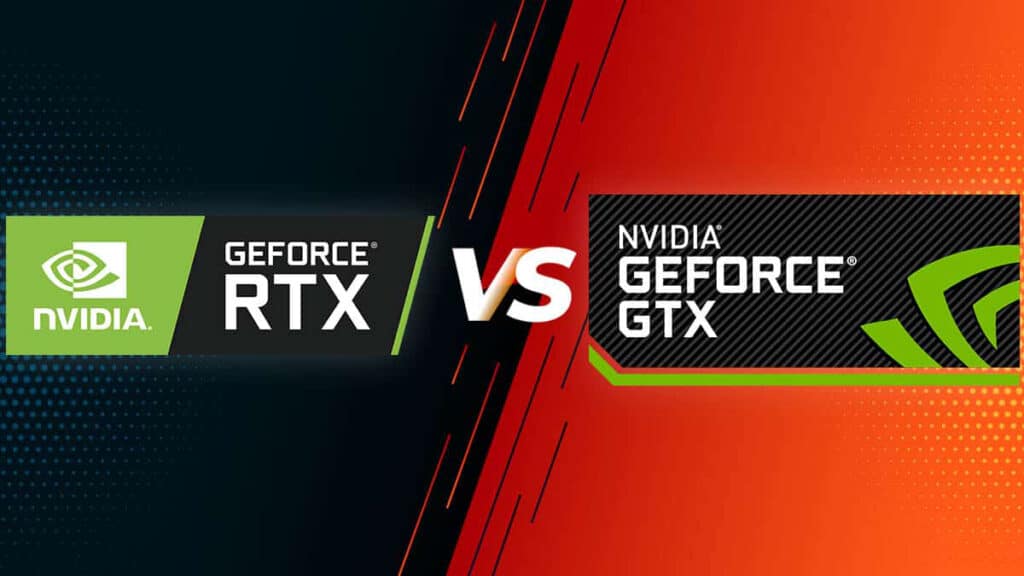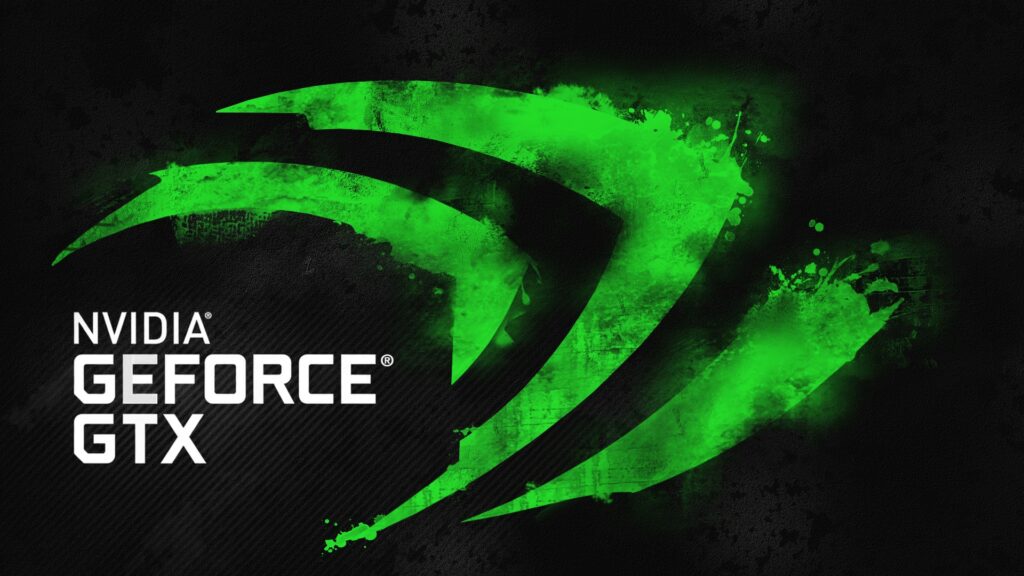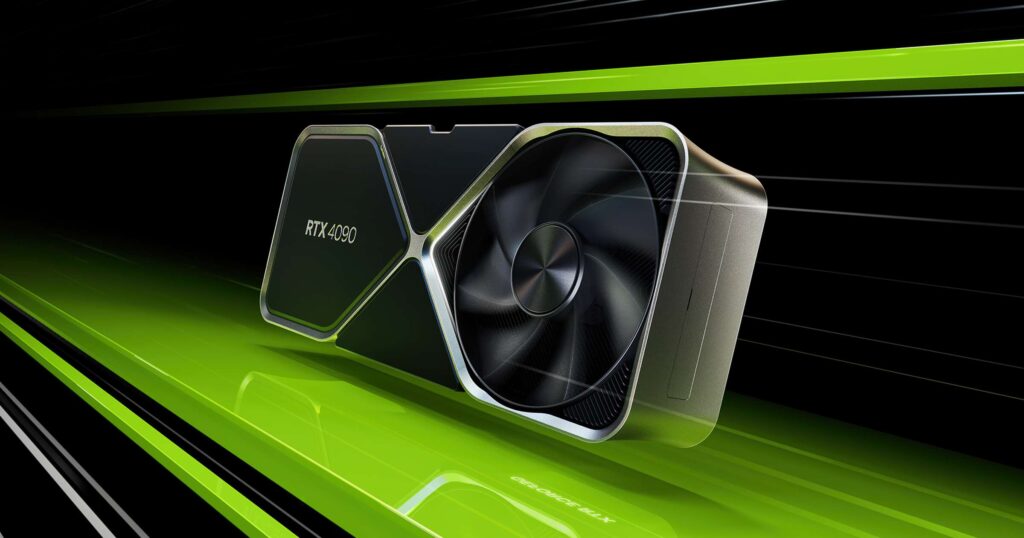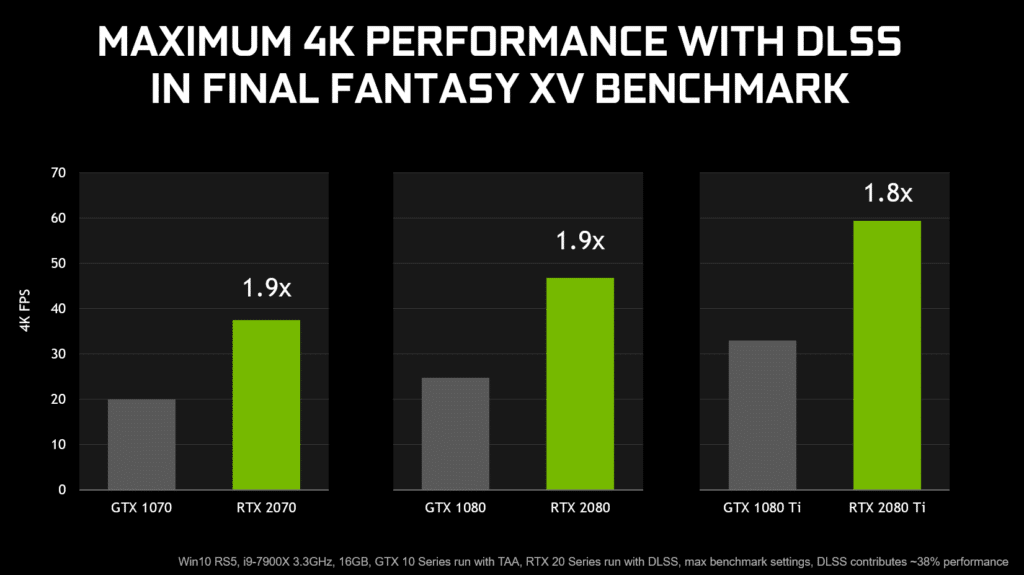If you’re in the market for a new graphics card, you’ve probably come across Nvidia’s GTX and RTX lines. Both are well-regarded and offer impressive performance, but what’s the difference? And which one should you choose? The answer, as with many things in life, is nuanced. It depends on your needs, your budget, and what you plan to do with your new GPU. So, let’s dive in and explore the world of Nvidia GTX vs. Nvidia RTX graphics cards.
Contents
Nvidia GTX: The Workhorse of Graphics Cards
The Nvidia GTX line of graphics cards has been around since 2008 and has been a workhorse for gamers and professionals alike. The GTX cards have been used for gaming, video editing, and other graphics-intensive tasks. They’re powerful and reliable, and they come in different tiers, from entry-level to high-end.
One of the things that set the GTX cards apart is their price. They’re generally more affordable than their RTX counterparts, making them a popular choice for those on a budget. But just because they’re more affordable doesn’t mean they’re not good. The GTX cards are still excellent at what they do, and they can handle most games and applications with ease.
Nvidia RTX: The New Kid on the Block
The Nvidia RTX line of graphics cards was introduced in 2018, and they’ve been making waves ever since. The RTX cards are designed with ray tracing technology, which permits more natural lighting and shadows in games and other applications. This technology is a game-changer for gamers and creators, as it adds a new level of realism to their work.
The RTX cards are more expensive than their GTX counterparts, but they come with some impressive features. In addition to ray tracing, they also have AI-powered DLSS (Deep Learning Super Sampling) technology, which allows for smoother gameplay and higher frame rates. They also have dedicated RT cores and Tensor cores, which make them more powerful and efficient than the GTX cards.
The Thin Blurry Lines
One of the biggest differences between the GTX and RTX cards is how they handle rendering. Traditional rendering uses rasterization, which works by rendering objects pixel by pixel. This method has been used for years, and it works well. However, it doesn’t allow for realistic lighting and shadows.
Ray tracing, on the other hand, is a newer technology that uses real-time calculations to render images. It works by simulating the way light behaves in the real world, which allows for more accurate reflections, refractions, and shadows. Ray tracing is a game-changer for graphics, and it’s one of the reasons why the RTX cards are so impressive.
DLSS is another technology that sets the RTX cards apart from the GTX cards. DLSS uses AI to upscale lower-resolution images to higher resolutions, which allows for smoother gameplay and higher frame rates. This technology is a game-changer for gamers, as it allows them to play games at higher resolutions without sacrificing performance.
The RTX cards also come with dedicated Tensor cores, which allow for AI processing on the GPU. This technology is used for things like DLSS and other AI-powered applications. Tensor cores make the RTX cards more powerful and efficient than the GTX cards, as they can handle AI processing without relying on the CPU.
Real-World Performance Differences
So, what does all of this mean in terms of real-world performance differences? Well, it depends on what you’re using the card for. If you’re a seasoned gamer who enjoys the best possible graphics and performance, then the RTX cards are the way to go. They offer better frame rates, smoother gameplay, and more realistic graphics thanks to their ray tracing and DLSS technologies.
If you’re a professional who works with 3D graphics, video editing, or other graphics-intensive tasks, then the RTX cards are also a good choice. They offer faster rendering times, more accurate lighting, and better overall performance.
However, if you’re on a budget, then the GTX cards are still a great choice. They offer good performance at a more affordable price point, and they can handle most games and applications with ease.





